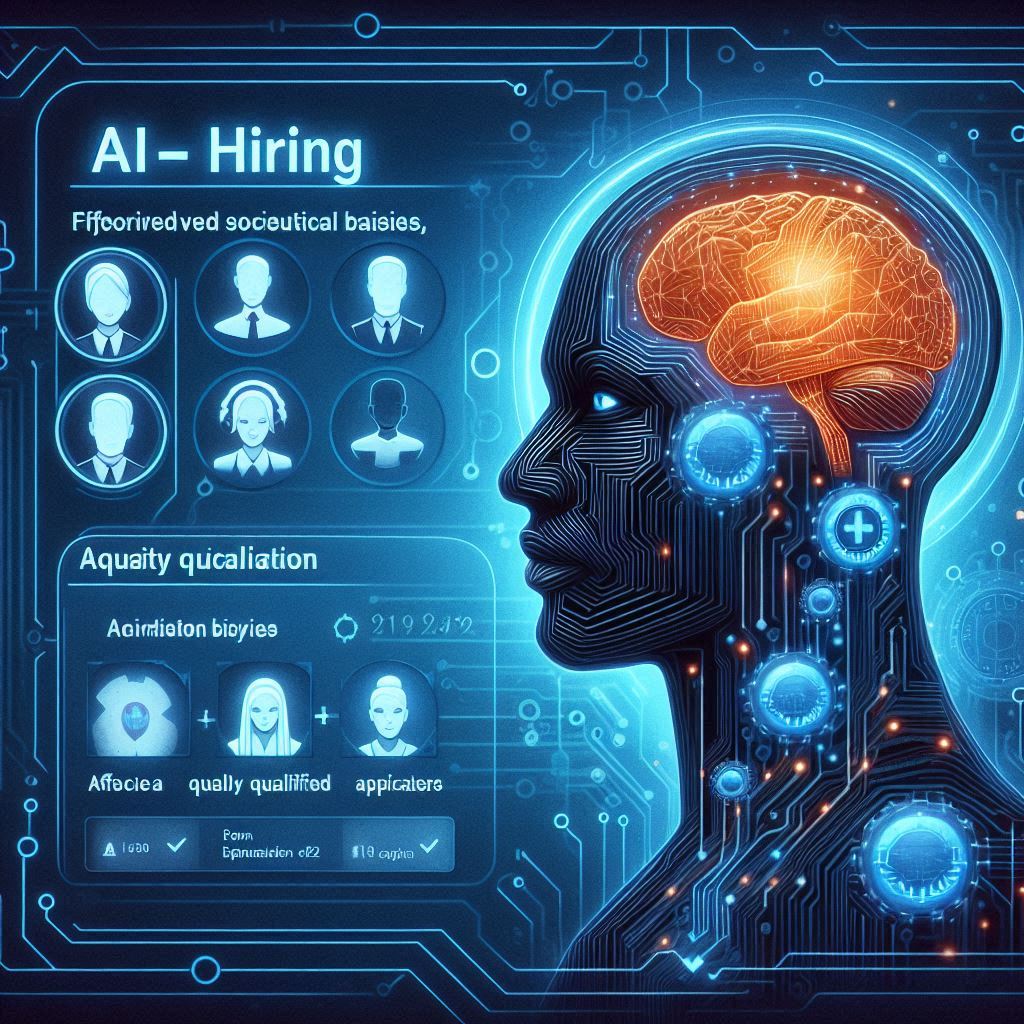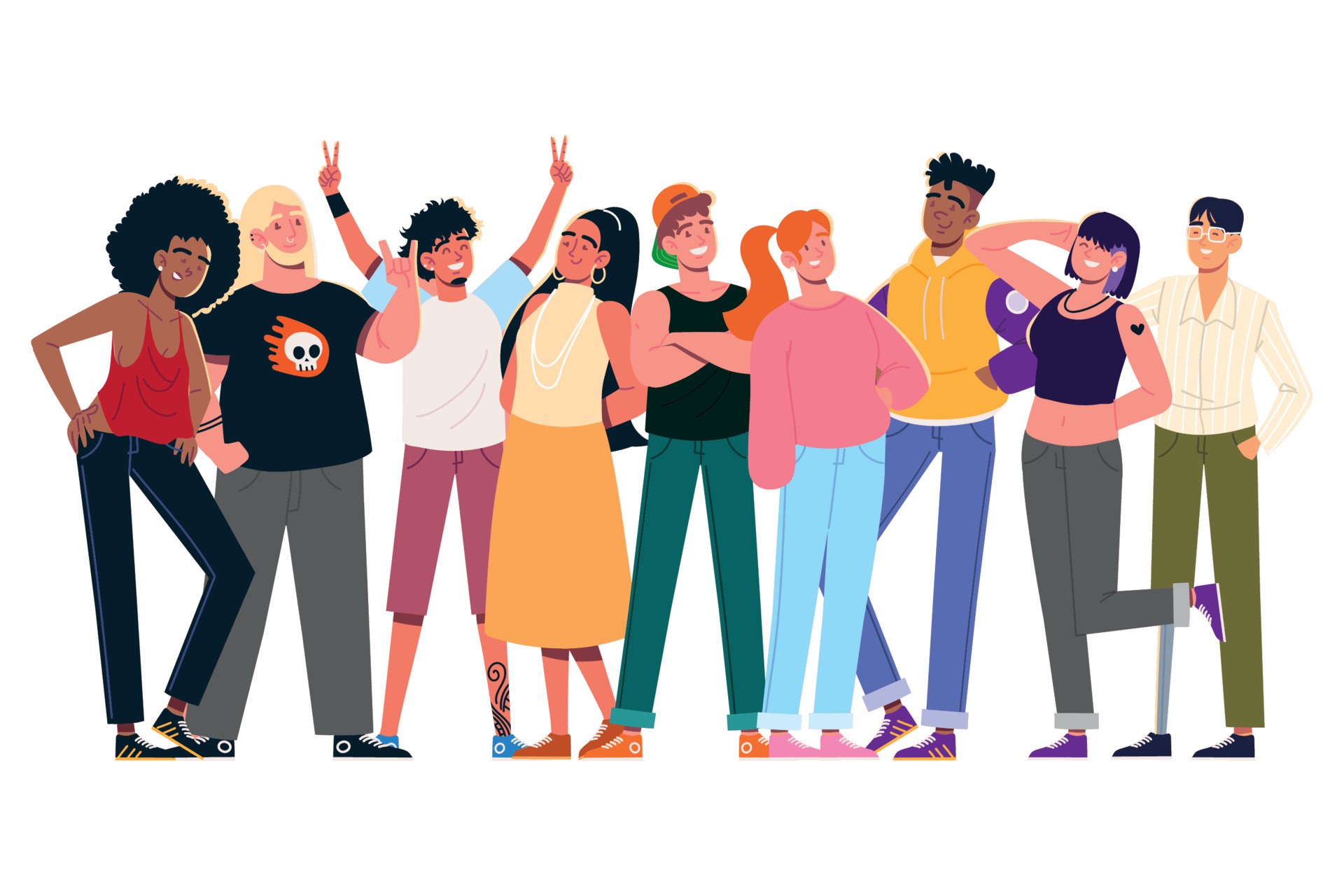The Biased Hiring Algorithm
Let's explore the benefits and risks of AI, like its potential to solve problems but also create bias.
To provide an example of how AI can impact everyday life, let's see the following scenario:
The Biased Hiring Algorithm

Imagine a large corporation develops an AI-powered hiring algorithm to streamline their recruitment process. The AI is trained on historical hiring data, including resumes, interviews, and performance reviews of past employees. The goal is to predict the best candidates for future job openings based on patterns identified in this past data.
However, the historical data reflects existing societal biases and prejudices, even the standards, degrees and priorities for employees back then. For instance, if the company has historically hired more men for technical roles, the AI might learn to associate male candidates with technical competence. As a result, the algorithm might unintentionally favor male applicants for technical positions, even if equally qualified female candidates apply.
Impact:
- Perpetuating Gender Inequality: This scenario demonstrates how AI can perpetuate existing gender biases in the workplace, making it harder for women to break into certain fields.
- Unintentional Discrimination: The company might not have intended to discriminate against female candidates, but the AI, trained on biased data, inadvertently reproduces those biases.
- Lack of Fairness: The AI's decisions are not fair because they do not provide equal opportunities to all candidates based on their qualifications.
Reflection
This example opens the door for a fruitful discussion about the ethical implications of AI. You could explore:
Data Bias: How historical data can embed societal biases.
Algorithmic Transparency: The importance of understanding how AI systems make decisions.
Fairness and Accountability: Strategies for ensuring AI systems treat all individuals fairly and avoid discrimination.
Human Oversight: The role of human judgment in overseeing AI systems and mitigating their potential biases.
 Materials:
Materials: